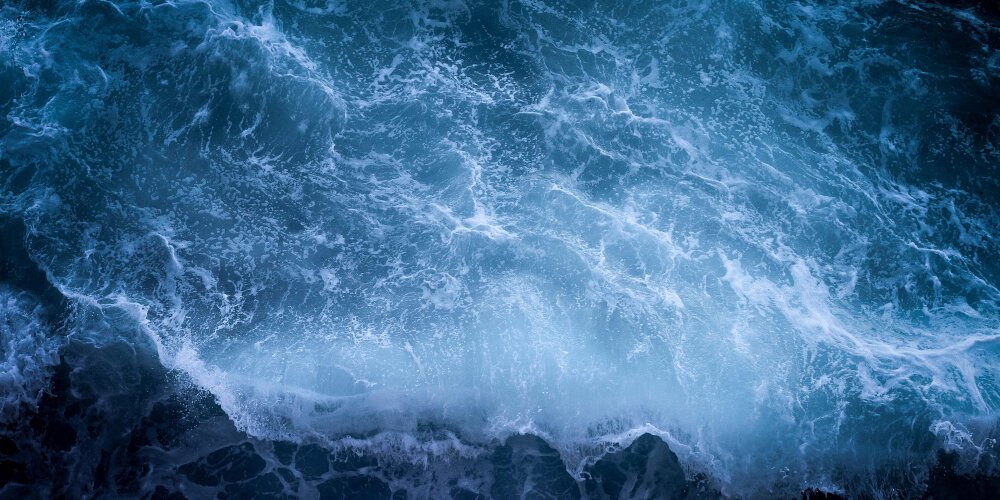Browse our services
Explore how Brookes Bell can help you
Find an expert
Meet our team, find and expert and connect
Contact us
Get in touch, we're here to help

The European Subsea Cables Association (ESCA) and the International Marine Contractors Association (IMCA) have issued a joint statement warning that regulatory barriers, a shortage of skilled offshore workers and the absence of readily available technical solutions are undermining Europe’s capacity to repair damaged subsea cables.
Their appeal follows the European Commission’s cable security action plan, which emphasises greater prevention, detection, response, and deterrence measures to safeguard critical infrastructure.
Subsea telecommunications cables carry over 99% of global intercontinental data traffic, while undersea power cables increasingly share renewable energy across European borders. Damage to these assets can trigger immediate disruptions to financial systems, energy supplies and digital communications.
ESCA and IMCA argue that disparate permitting regimes across EU member states and an ageing repair-vessel fleet are allowing repair operations to be delayed at precisely the moments when resilience is most needed.
“Industry plans resilience in system design, and governments need to plan resilience through focused policy,” said ESCA Chairman, Stephen Dawe.
The statement notes that while telecommunications cables benefit from global maintenance zones and industry-led agreements that enable rapid mobilisation, the vessels servicing these networks are ageing and face uncertain investment prospects.
“Governments and regulators must work with the industry to ensure that policy and legislation are not blockers to being able to fix subsea cables quickly when faults occur,” Dawe added. “Delays caused by policy or permitting are not acceptable in an environment where risk is increasing and resilience is paramount”.
Power cable maintenance presents a steeper challenge, owing to larger cable dimensions, intricate repair techniques and fragmented ownership models. Vessels capable of carrying heavy-lift equipment and specialised burial tools are often committed to new installation projects when emergencies strike, while complicated cross-border permissions stall urgent mobilisation.
“Our sector provides the marine capability that underpins Europe’s energy and digital transitions. However, without coordinated investment and strategic support, there is a danger that capacity gaps will emerge at precisely the moment when we can least afford them,” said IMCA Chief Executive, Iain Grainger. “The EU action plan is a positive step forward. Now is the time for decisive follow-through across member states and in partnership with industry”.
In their statement, ESCA and IMCA set out a three-pronged agenda to bolster Europe’s subsea cable repair readiness:
First, they call for public–private investment to recapitalise and expand the repair fleet and to establish strategic reserves of specialised equipment such as remotely operated vehicles and burial machines.
Second, they advocate national training programmes and workforce development schemes to address critical shortages of skilled cable-laying and repair personnel, ensuring succession planning and retention of technical expertise.
Finally, they propose urgent reform of permitting frameworks, recommending harmonised, fast-track approval processes that can be activated in response to unexpected outages and minimise bureaucratic delay.
The associations stress that a coordinated approach is vital to prevent cascading failures in Europe’s digital and energy networks.
As submarine cables face mounting threats from heavier marine traffic, climate-driven extreme weather and geopolitical interference, ESCA and IMCA argue that only a unified industry–government alliance can deliver the rapid response and long-term resilience required.
Machinery failures can be costly, dangerous, and lead to delays, increased costs and even litigation. So, if you’ve experienced a machinery failure and need to find out who and what is at fault, who can help?
Brookes Bell can.
To learn more about our marine engineering services, contact our team today.
For more maritime industry news, insights and developments, read the Brookes Bell News and Knowledge Hub…
A Brief History of the Suez Canal | The World's Largest Container Ships | Iraq’s Al Faw Port and “Dry Canal” to Rewrite the Global Trade Map